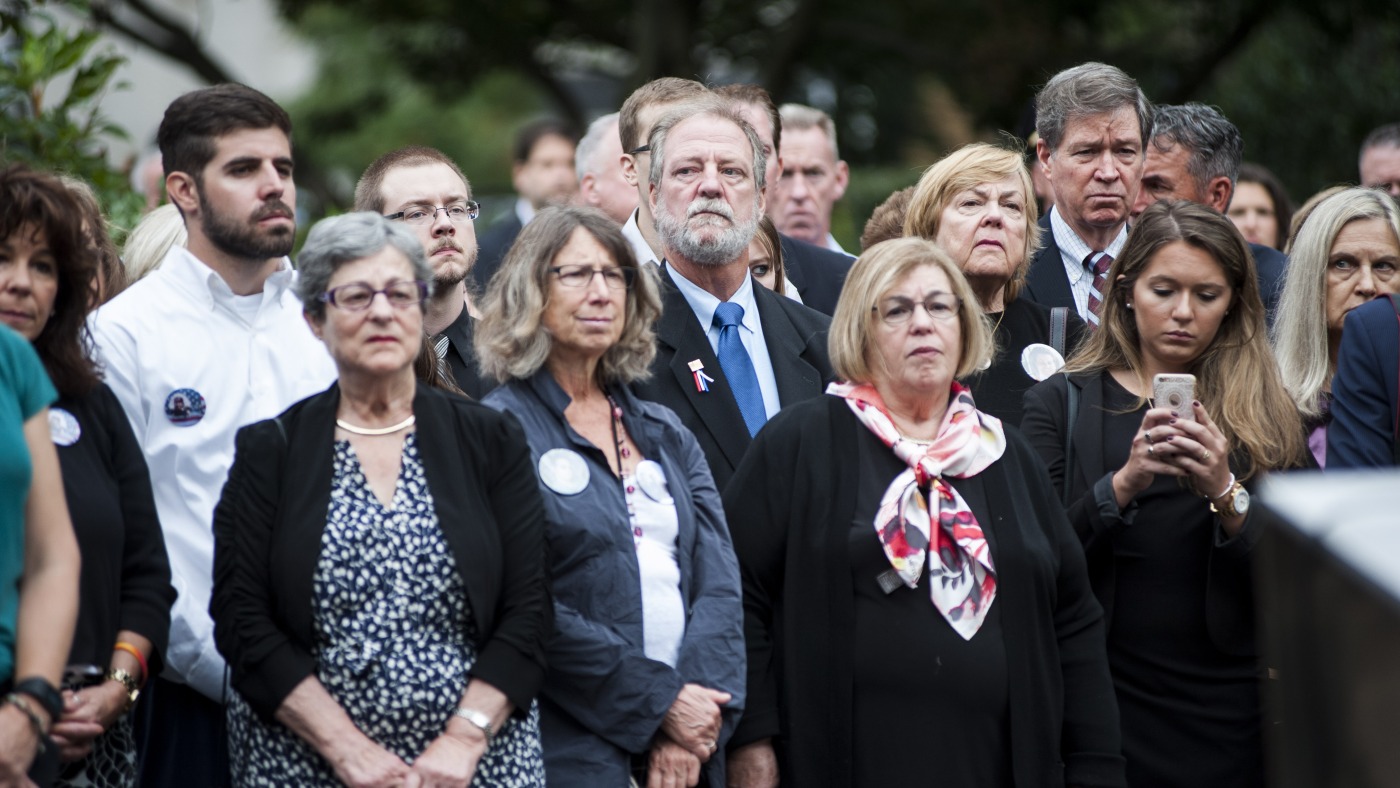Three More 9/11 Victims Identified in NYC Through Advanced DNA Testing
New York City officials identified three more 9/11 World Trade Center victims, including Ryan Fitzgerald and Barbara Keating, nearly 24 years later, using advanced DNA testing.
Subscribe to unlock this story
We really don't like cutting you off, but you've reached your monthly limit. At just $5/month, subscriptions are how we keep this project going. Start your free 7-day trial today!
Get StartedHave an account? Sign in
Overview
- New York City officials have identified three additional victims of the September 11 attacks at the World Trade Center, including Ryan Fitzgerald and Barbara Keating, nearly 24 years after the tragic event.
- These identifications were made possible through the application of advanced DNA testing techniques and the use of genetic reference samples provided by the victims' relatives.
- The recent identifications bring the total number of confirmed victims from the World Trade Center site to 1,653, underscoring the ongoing scale of the recovery efforts.
- The chief medical examiner's office and Dr. Jason Graham continue their dedicated efforts to identify all remaining victims, demonstrating a long-term commitment to the process.
- This continued identification process highlights the unwavering dedication to providing much-needed closure to families still affected by the devastating 9/11 attacks.
Report issue

Read both sides in 5 minutes each day
Analysis
Center-leaning sources present this story neutrally, focusing on the factual developments and the human impact without editorializing. They employ objective language and attribute information clearly to officials and family members, maintaining a straightforward report on the scientific advancements and the ongoing efforts to identify 9/11 victims, providing necessary context without bias.
Articles (6)
Center (3)
FAQ
Advanced DNA testing techniques, such as miniSTR tests and specialized bone DNA extraction methods, were applied to degraded and fragmented remains. These methods included using drills to obtain bone samples, applying modified reagents to recover more DNA and remove inhibitors, and analyzing genetic reference samples from victims' relatives to make identifications possible even decades later.
The identification process has been prolonged due to the extreme degradation of DNA caused by factors such as fire, chemicals, and environmental exposure at Ground Zero. The remains were often fragmented and commingled, requiring continual advances in forensic techniques and persistent efforts by medical examiners to extract and analyze DNA despite many initial failed attempts.
As of the recent identifications, 1,653 victims have been confirmed by DNA testing from the World Trade Center site.
The New York City Office of the Chief Medical Examiner (NYC OCME), forensic scientists from multiple agencies, private laboratories such as Bode Technologies, and experts like Dr. Jason Graham are involved in the ongoing identification efforts, continuously applying and refining forensic DNA analysis techniques.
Challenges include low levels of DNA due to degradation by fire, chemicals, bacteria, and environmental exposure; the difficulty of working with bone samples which contain inhibitors like calcium; and the complex commingling of remains. Advances such as improved extraction reagents and drilling techniques have been developed to address these issues.
History
- 3M

 3 articles
3 articles




